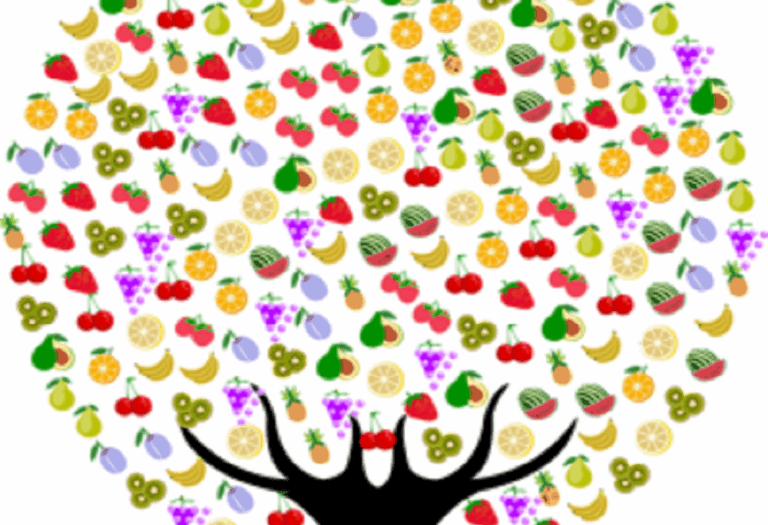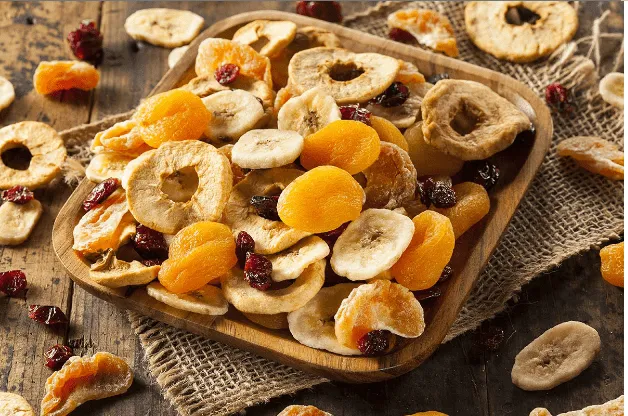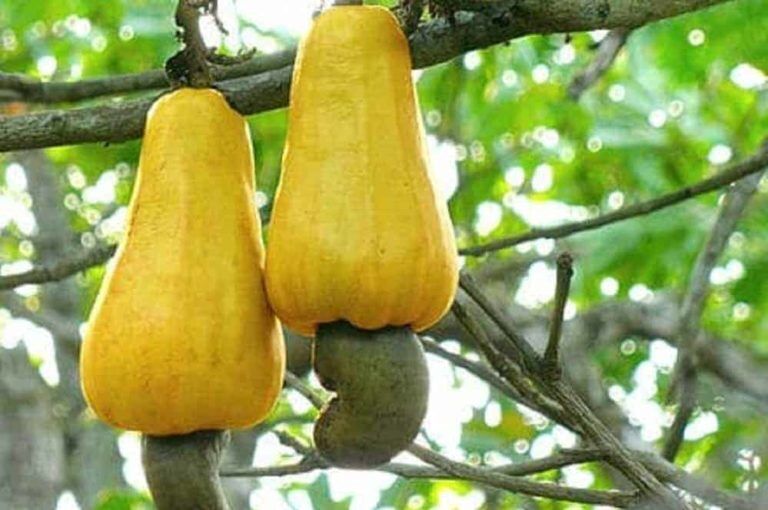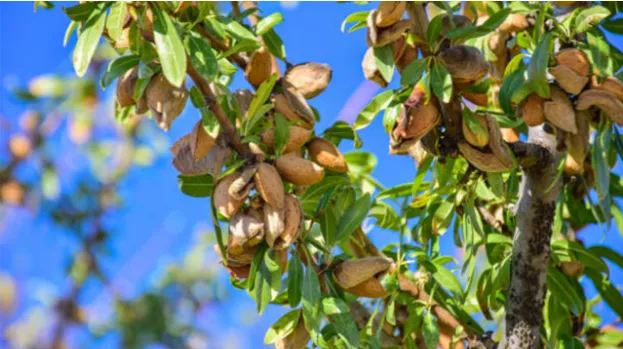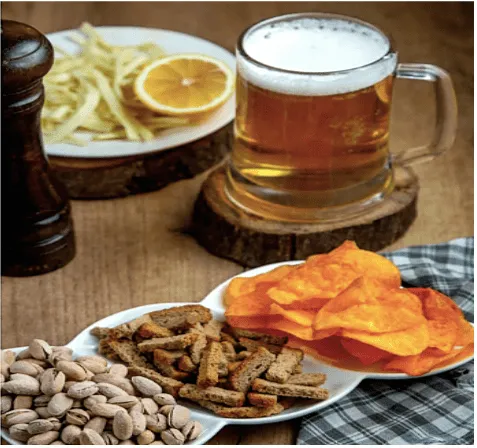Your cart is currently empty!
Sunflower History Covering The Topics Of Origins, Domestication, And Exportation
Is the Sunflower Historically North America’s First Domesticates?
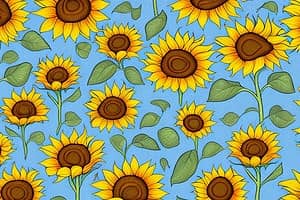
Domestication of the sunflower shows origins in pre-Columbian Mexico and the Eastern United States. The San Andres archaeological discovery and other archaeological expeditions in both Mexico and North America have uncovered wild and domesticated sunflower remains. Evidence suggests the first origins were around 3000 B.C. in modern-day Arizona and New Mexico, making it one of North America’s first domesticates, along with squash and maize.
Sunflower’s history shows significance in ancient culture as well as in the modern day. One of the most important of today’s oil crops, the sunflower, is a unique contribution from North America to the world’s major food plants. In addition to its superior oil, the seed of the sunflower is much appreciated as a food. Native Americans used other parts of the plant for a variety of purposes. Many still grow the species today as an ornamental for its large, showy heads.
Biology
Scientifically, the sunflower crop plant, known as Helianthus annuus var. macrocarpus, is a member of the family Asteraceae. It is annual, unbranched, grows from 1 to 3 meters tall, and bears a single large head up to 76 centimeters (cm) in diameter. Each head contains showy yellow sterile ray flowers and up to 8,000 smaller disk flowers. The latter produces the fruits, technically known as achenes but commonly called seeds. The fruits, from 6 to 16 millimeters (mm) in length, contain a single seed.
In addition to the cultivated variety, the sunflower also includes branched, smaller-headed types (Helianthus annuus var. annuus and Helianthus annuus var. lenticularis) that are common as weeds or wild plants in North America from southern Canada to northern Mexico. North America and, more so, Europe still cultivate forms of the sunflower, particularly those with double or red ray flowers, as ornamentals.
The genus Helianthus, native to North America, comprises 49 species and is divided into four sections. The sunflower is placed in the section Helianthus along with 11 other annual species, all of which are diploid with 17 pairs of chromosomes. The Silverleaf sunflower Helianthus argo-phyllus of Texas is the closest relative of the sunflower. The other sections include mostly perennial species, which may be diploid, tetraploid, or hexaploid.
Several of the species, both annual and perennial, are occasionally cultivated as ornamentals for their showy flowers. Many develop the Helianthus × laetiflorus and Helianthus x multiflorus, particularly for this purpose.
Origin and Early Sunflower History

In prehistoric times, Native Americans collected the seeds of wild sunflowers. They found the stems and husks to be rich in potash, a fertilizer used to increase crop production. They would also breed seeds to improve the crop for food, a practice that continued until the twentieth century. In addition to eating the seeds and using them as a fertilizer, Native Americans used the plants for pigments. Many would employ the flowers in ceremonies.
Americans would harvest the seeds mechanically later on. The oil continued to be integrated into construction and for fuel, and various other intents of the seeds were increased to more parts additionally exploited for medicinal purposes.
Sunflower Origin Of Cultivation
Initially confined to western North America, it was a camp-following weed carried to central and eastern North America by the Native Americans, where it became an encouraged weed and, eventually, a deliberately cultivated plant. Mutations occurred, giving rise to monocephalic forms with larger seeds. The archaeological recovery of seeds in eastern North America indicates that the sunflower was domesticated before 1500 B.C. and that it was fairly extensively cultivated before 500 B.C. Some of these prehistoric sunflowers were in no way inferior to modern varieties in size.
Mexico and the American Southwest cultivated the sunflower according to early historical records. The Hopi and Havasupai still grow it in those regions today.
North America domesticated the sunflower along with squash, a chenopod, and sump weed even before the arrival of maize and other cultivated plants from Mexico.
By the time of early historical observations, it seems that maize had become the primary crop of Native Americans, although the sunflower was still widely cultivated as a minor crop; sumpweed had disappeared entirely from cultivation.
Europe And The History Of Sunflowers
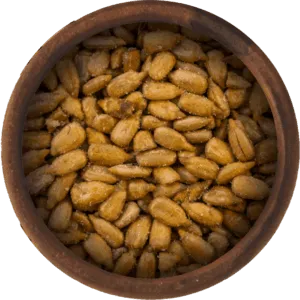
Europe received the sunflower sometime after 1492, with the earliest introductions probably being in Spain. In the history of sunflowers, the first clear-cut reference to Europe is in the herbal of Rembert Dodoens in 1568.
The plant spread throughout much of Europe, reaching England before the end of the sixteenth century. The sunflower excited curiosity because of its large size, but it was not an early success as a food plant. In fact, it was not until it reached Russia that the seeds became greatly The Holy Orthodox Church of Russia observed stringent dietary regulations during the 40 days of Lent and during Advent. In the early nineteenth century, the list of prohibited foods included nearly all of those rich in oil, but the sunflower, perhaps unknown to the church authorities, was not on the list. The Russian people eagerly adopted the sunflower seed because they were still obeying the letter of the law. The popularity of the sunflower was such that by midcentury, Russia had become the world’s leader in sunflower production.
Russians extracted oil from sunflower seeds from the early part of the nineteenth century onward. Sunflower history shows a continuation of this extraction to the modern day. With this spread of popularity to modern times, you can now find roasted sunflower seeds and other related products in essentially any convenience store or supermarket.
Recent Sunflower History
The two world wars led to significant increases in sunflower production, particularly in Romania, Bulgaria, and Hungary. More recently, France and Spain have become important producers. Still, the former USSR has remained the world’s leader, producing more than half the world’s supply.
By far the most essential sunflower-producing country in the Americas is Argentina, which became an exporter of the seeds early in the twentieth century. For many years, Argentina has been the world’s second-largest sunflower producer.
Only recently, however, has the sunflower again become an essential crop in its homeland. Both the United States and Canada began commercial sunflower cultivation in the latter part of the nineteenth century, using varieties from Europe rather than native varieties. Indeed, North American production was, in part, the result of the introduction of improved types from the Soviet Union and the later adoption of higher-yielding hybrids.
The United States initially grew sunflowers primarily for silage, but seed production has become more critical as people replace animal oils with plant oils in cooking. A quarter of a century ago, the sunflower, in some years, ranked second only to the soybean as one of the world’s major oil crops. Lately, however, increased production of canola from rapeseed, particularly in Europe and Canada, has allowed this crop to take over the second position in oil production.
Agronomy for Sunflower Production

The sunflower is primarily a temperate zone crop. It has some tolerance to both high and low temperatures, and temperature may have an effect on oil composition. It is usually grown without irrigation, and although not highly drought tolerant, it often gives satisfactory yields when most other crops are damaged by drought. Many will grow sunflowers in a variety of soil types, from clay to somewhat sandy.
They fertilize the sunflower through soil or foliar treatments, to which it responds well. Nitrogen is most often the limiting factor in their growth.
The plants may produce toxic residues in the soil, so that crop rotation is essential for good growth.
Farmers usually employ herbicides as a necessary weed control. The Northern United States plants seeds in late April or May. Later plantings affect composition adversely. The plants are ready for harvest in four months, at which time considerable moisture is still present in the seeds. Farmers will dry the seeds by forcing air over them. Then, they will store the seeds to be ready for transport.
Pests and Diseases In Sunflower History
Like most crops, the sunflower is subject to a number of insect pests, along with fungal and bacterial diseases. Insects often attack all parts of the plant. The most serious pest in the United States is the sunflower moth, which infests the head.
Downy mildew, rust, and sclerotinia white mold are among the main pathogens that damage the crop. Many birds will eat sunflower seeds as their favorite food, making up to 30% of the crop lost. The chief culprit in the United States is the blackbird. One method of reducing the loss to birds is to harvest the crop early while the moisture content of the seeds is still high.
Sunflower Oil and Protein
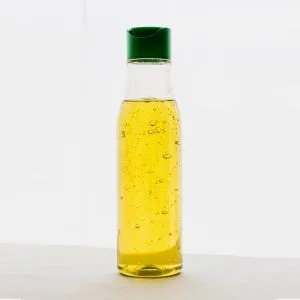
The sunflower seed has excellent nutritional properties. Sunflower history has always shown recognition of this.
The oil contains high levels of linoleic acid and less than 15 percent fatty acids. Many use the oil for margarine and shortening, as well as for cooking and salad oils. At present, it is little used for industrial purposes but has potential for a number of such applications.
The seed meal left after the extraction of oil serves as animal feed. It has about 28 percent protein and a good balance of amino acids, although it is low in lysine. The United States grinds the hulls (another by-product of the extraction process) and uses them as filler or roughage in livestock feed. Other countries use the hulls as fuel.
Other Uses of the Seed
Although most of the world’s sunflower crop goes into oil production, some are used for confectionery food and for feed for birds and pets.
The varieties employed for these purposes generally have larger seeds with lower oil content than those grown for oil extraction. People will use the confectionery seeds as snack foods, in salads, and in bakery goods. The seeds are frequently shelled, roasted, and salted before reaching the consumer. The United States sells large amounts among citizens for the feeding of wild birds.
Breeding History of Sunflowers
In the middle of the twentieth century, it was realized that the utilization of hybrid vigor could produce great increases in the yield of sunflowers. Because of the nature of the flower, the only practical way of making hybrids would be through the employment of cytoplasmic male sterility, and in 1968, Patrice Leclercg of France announced the discovery of cytoplasmic male sterility in crosses of sunflower with Helianthus petiolaris. Investigators subsequently identified fertility restorers, and the commercial production of hybrids was soon underway. Yield increases of up to 20 percent resulted, making the sunflower more competitive with a number of other oil crops. Many continue to use Leclercq’s sterility for the creation of hybrids, but other sources of it are now available.
France, Russia, the United States, and a few other countries are pursuing sunflower breeding through traditional methods. In addition to increased yields, the principal objectives are to secure resistance to diseases and pests and to improve the oil content and composition. They are employing both intra- and interspecific hybridization. The wild annual species have proved to be a particularly valuable source of disease resistance. The perennial species have, thus far, been little utilized.
Germ Plasm Reserves
Russia, the United States, and several other countries maintain large seed collections that serve as a valuable reserve of genetic variation. The United States has assembled more than 2,000 accessions, as collections of wild species are still available. Wild Helianthus annuus still occurs naturally in large areas of North America, and several other annual species, particularly Helianthus petiolaris, have rather extensive distributions. Some of the other annual species occupy more restricted areas, but only one of them, Helianthus paradoxus, appears in imminent danger of extinction. Most of the perennial species are still readily available from wild populations in North America.
Sunflower History In Production From Europe And Asia
Today, these countries are the leaders in Sunflower Producers in Europe and Asia:
- Ukraine.
- Russia.
- Turkey.
- France.
The leading producers of sunflowers in Europe, while countries like Russia, Ukraine, and Kazakhstan are major producers in Asia. The versatility and economic viability of sunflower crops have solidified their position as a leading crop in these regions.
Blog Assisted By rzwilliams.com


